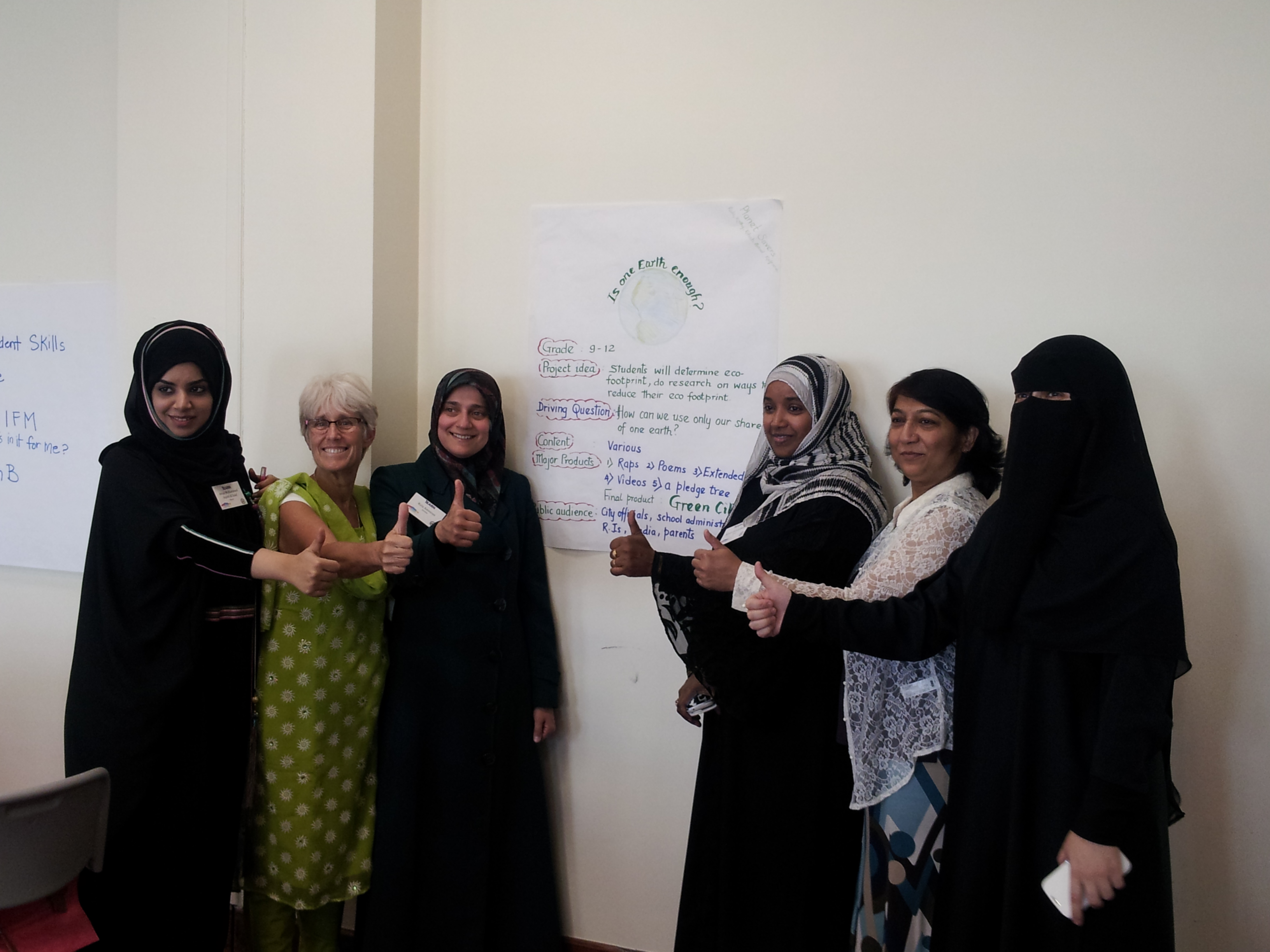Developing a Project Plan Network
This module will help you select and map your ideas for a global project with your class in collaboration with other teachers from around the world. We will walk through the steps of developing a project plan for a joint global project and introduce a few tools and resources for you to use in the planning process.
As you review the steps for developing a project plan, keep in mind that you are not starting a project from scratch. The steps and collaboration tips in this module will guide you in identifying and adapting an existing iEARN project to your class.
DEVELOPING A PROJECT PLAN
Similar to lesson or curriculum planning, there are many different paths and steps in planning a project. While many teachers have different methods for planning learning activities, the following steps will help you develop a strong foundation for your project action plan and guide your work in planning with teachers in other countries:
- Start with your content and skills standards
- Envision your project idea
- Develop a driving question
- Decide on major collaborative final products
- Engage local and global audiences
Keep collaboration in mind as you begin to develop your ideas for conducting a global project. How will you connect and co-plan project activities and final products with other teachers? How and when will students collaborate and communicate with their global peers?
At each stage of project plan development, remember that the goal is not to design and share individual projects but to collaborate with other classes. Remember the iEARN mission at each planning phase to “learn with the world, not just about it.”
 1. Start with Your Content & Skills Standards
1. Start with Your Content & Skills Standards
Among the first steps in developing a vision for your class’s participation in a global project is to reflect 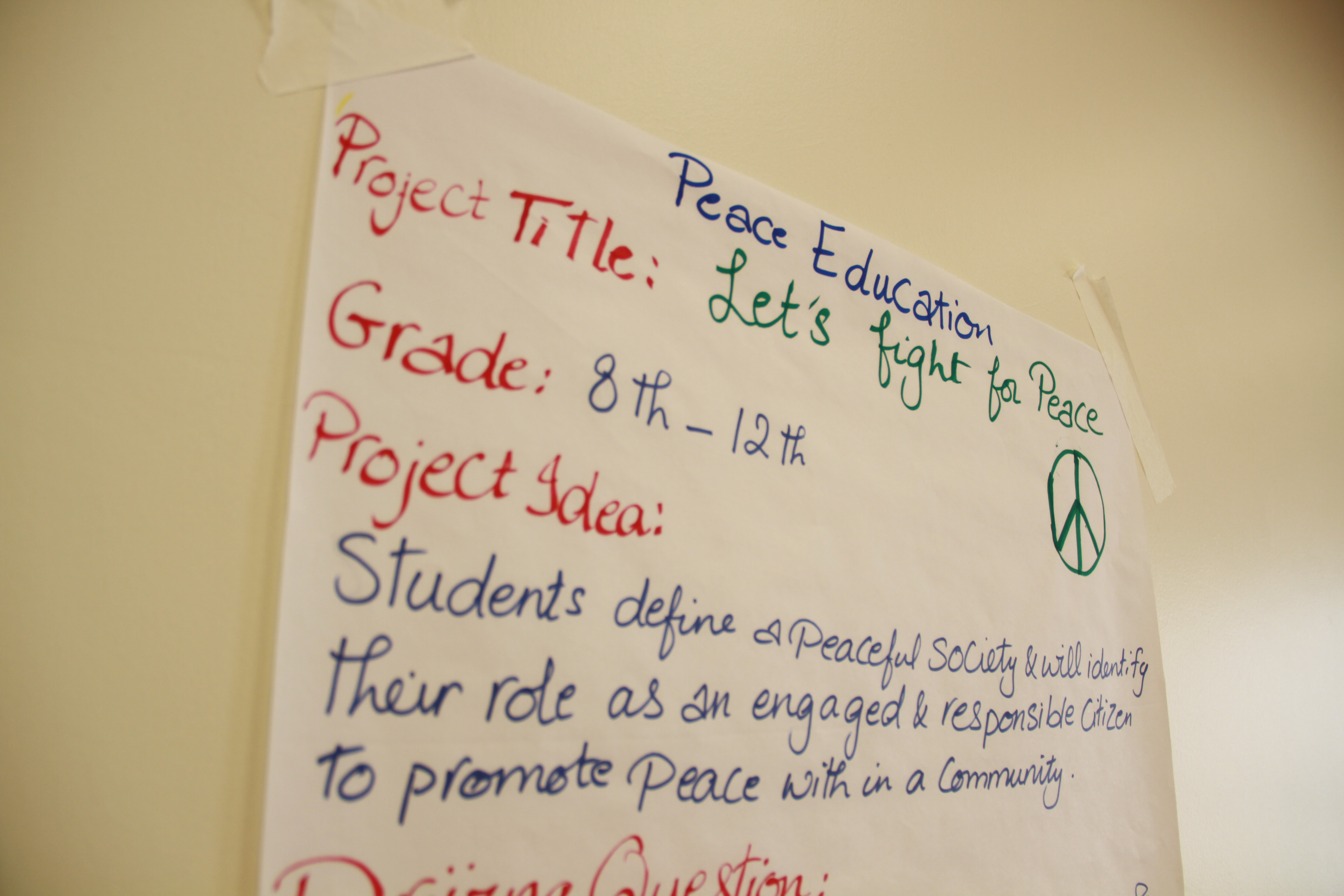 on your existing classroom objectives and related education standards. Which standards stand out to you as potential starting points for global project ideas? For example, if the standards for math require you to teach graphing and data analysis skills, you may consider a project where students collect, organize, and present information with their peers on global issues by calculating their carbon footprint in an environmental project or examining eating habits and food distribution in a food security project. When integrating technology and cross-cultural digital dialogue into the curriculum, it’s important to stay focused on designing a project that teaches key concepts and skills from your education standards.
on your existing classroom objectives and related education standards. Which standards stand out to you as potential starting points for global project ideas? For example, if the standards for math require you to teach graphing and data analysis skills, you may consider a project where students collect, organize, and present information with their peers on global issues by calculating their carbon footprint in an environmental project or examining eating habits and food distribution in a food security project. When integrating technology and cross-cultural digital dialogue into the curriculum, it’s important to stay focused on designing a project that teaches key concepts and skills from your education standards.
- What does your curriculum require?
- Which of the eight global project themes in Module Two overlap with education standards in your subject area?
- How do you think your classroom pedagogy can be enhanced through global connections and participation in a collaborative project?
 TIP
TIP
Remember that your curriculum and/or national standards may differ significantly from those of your fellow teachers. Consider desired skills and understandings from a broader perspective and try to find common goals.
2. Envision Your Project Idea
After reflecting on the content standards for your class and subject area, explore project ideas that both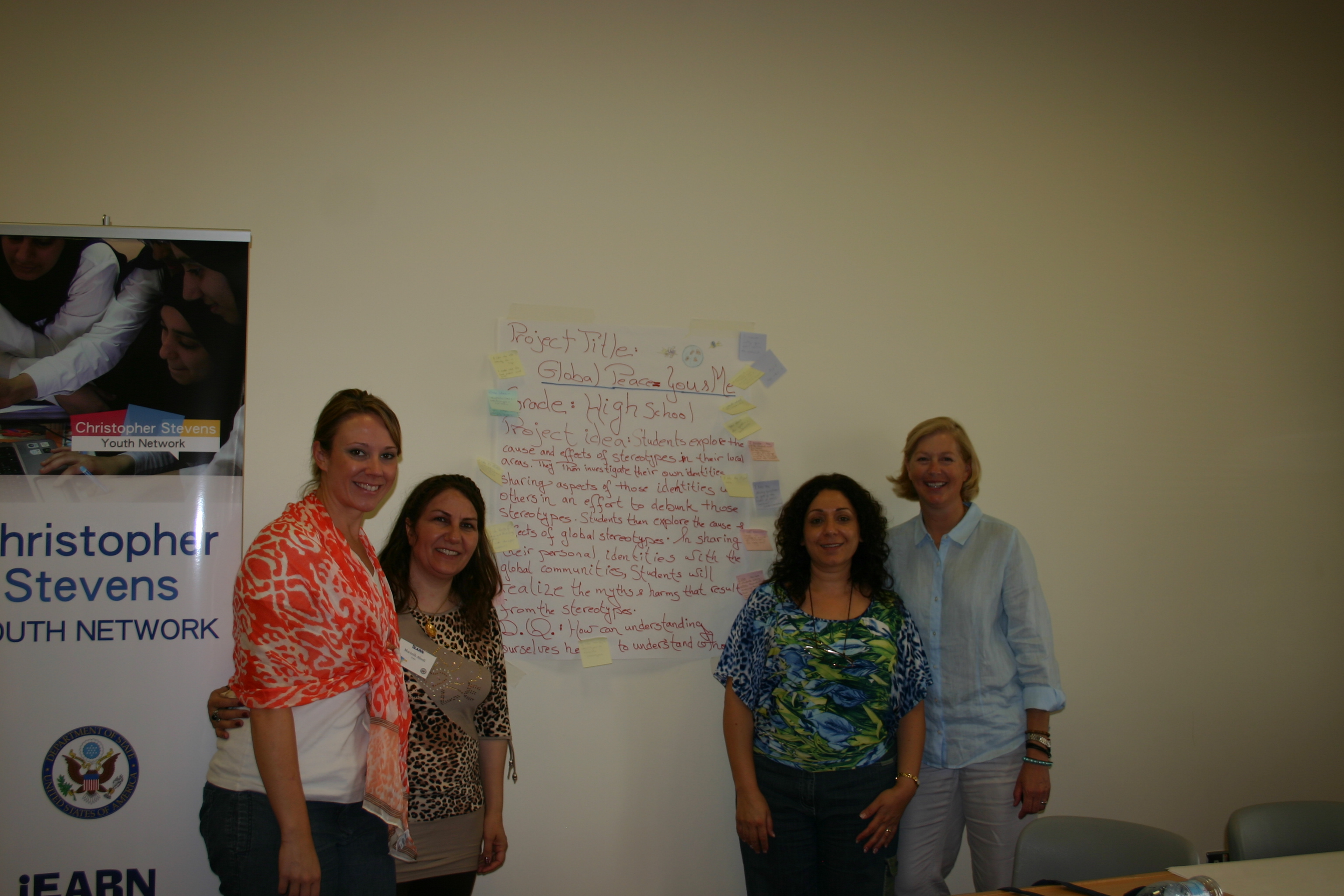 address authentic problems and relate to those content standards. Project ideas include leading students to examine global issues, analyze historical events or investigate natural phenomenon. The following sources can serve as points of inspiration for developing project ideas:
address authentic problems and relate to those content standards. Project ideas include leading students to examine global issues, analyze historical events or investigate natural phenomenon. The following sources can serve as points of inspiration for developing project ideas:
 TIP
TIP
Go to the Teachers forum on the iEARN Collaboration Centre. This forum is a place for teachers to meet and talk, make announcements and post updates. It is also a place to share initial project ideas in order to find other people who might want to help develop a project. Also consider reaching out to partners and colleagues you connected with in a teacher workshop or online course and ask if they would like to participate in a project with your class.
3. Develop a Driving Question
A driving question helps teachers and students better focus on the goal of their work and gives the project a sense of purpose. Creating a question that will be answered through the project work helps students understand why they are doing certain assignments and activities and how the project relates to a real world challenge. For teachers, a good question guides lesson planning and makes it easier for classes in different countries and subject areas to focus on the same task.
To help develop the driving question with your project group, review this Driving Question Checklist:
- The question is open-ended and has more than one answer;
- The question is simple enough for students to understand but has complex answers;
- In order to answer the question, students need to learn the content and skills from set education standards;
- Other classes are answering the same or a similar question for joint project work.
There are many types of questions that can help provide focus for a project and guide student inquiry. The question might focus on a global debate, a problem to solve, or a product to create. Here are a few examples of driving questions created collaboratively by teachers at an iEARN workshop:
- How can we use only our share of one earth?
- How can we make a positive impact on our environment?
- How do we envision a peaceful society and what steps can we take to promote peace?
- How can understanding ourselves help us to understand others?
 TIP
TIP
In addition to your online communication to build your joint project plan, arrange to communicate with peers in real-time, perhaps via Skype or another live video-conferencing tool. Consider using a document-sharing tool such as Google Docs, which will allow you and your fellow collaborators to create and revise project plans together.
4. Decide on Collaborative Final Products
Once the content and skills that students need to learn have been identified, consider what evidence will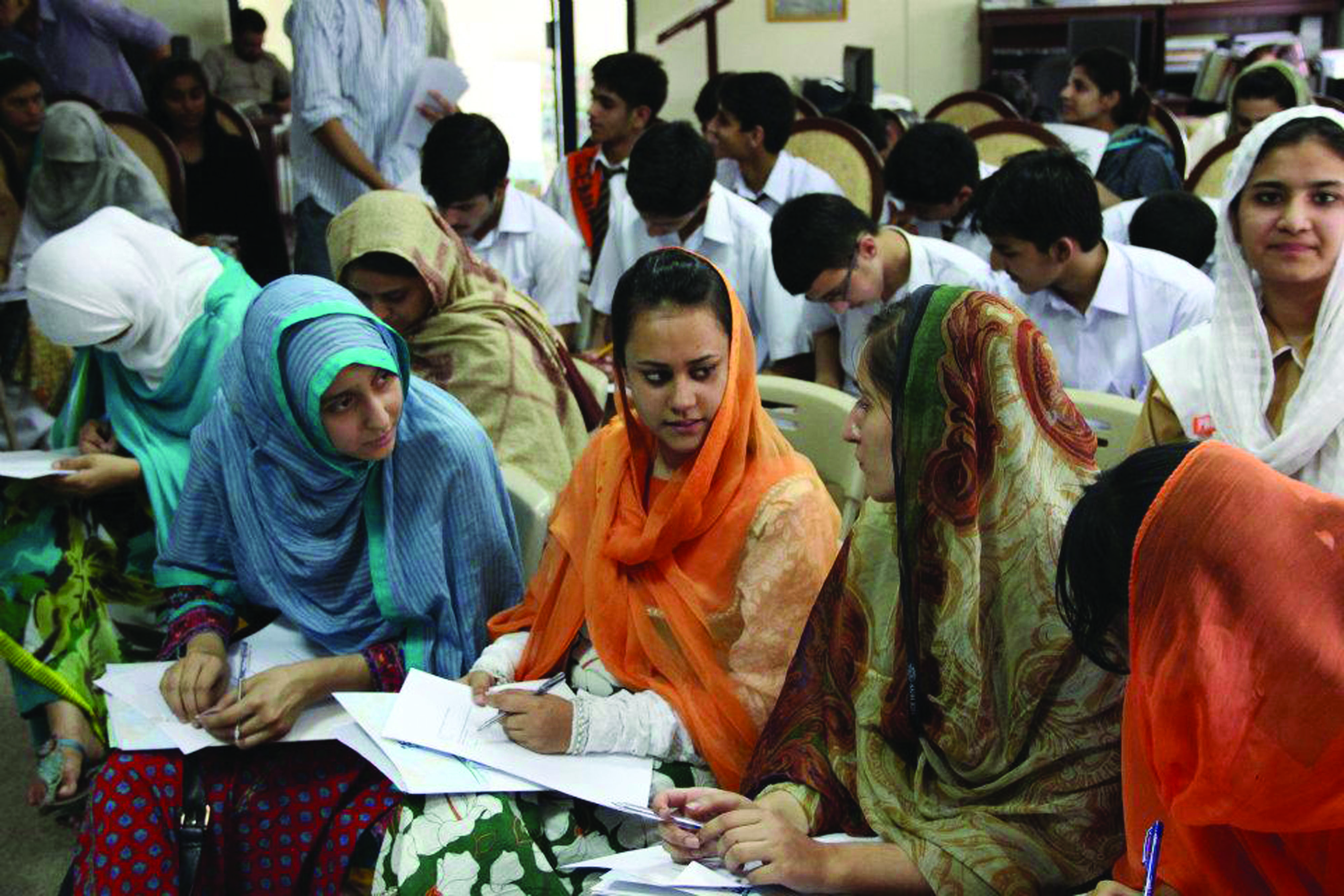 show that students have learned the required knowledge and skills. One of the most effective ways to illustrate outcomes is through a final product. A final product is evidence that students have met the class goals and objectives and answered the driving question. It also gives students a sense of accomplishment, shows family members and school administrators what students are learning in class, and can make a meaningful, lasting contribution to the community. Final products can be those students produce, such as essays, videos, or art, or can be those students do, such as service activities or presentations.
show that students have learned the required knowledge and skills. One of the most effective ways to illustrate outcomes is through a final product. A final product is evidence that students have met the class goals and objectives and answered the driving question. It also gives students a sense of accomplishment, shows family members and school administrators what students are learning in class, and can make a meaningful, lasting contribution to the community. Final products can be those students produce, such as essays, videos, or art, or can be those students do, such as service activities or presentations.
In a global project, teachers and students define a collaborative final product that students complete by working together. Rather than report about their individual product, students working on a joint product have to interact, communicate, and solve problems to complete their work. Collaborative final products give students a context for their interactions, allow them to identify clear goals, and provide them with a shared sense of accomplishment once they create something together.
Final Product Ideas:
- Design, market, and sell products to fundraise for a cause or contribute to a community effort;
- Produce a joint student newsletter, magazine, or literary anthology;
- Produce video documentaries to show in a global film festival;
- Create histories of local communities worldwide and publish in a book;
- Create a photo essay to share on a website, calendar, etc.
- Plan and conduct workshops (conflict resolution, recycling) for younger students in the community;
- Create a global art gallery;
- Conduct joint fundraising efforts or public awareness campaigns to address a common issue (pollution, hunger).
 TIP
TIP
Try to avoid creating a complete plan and sharing it with other teachers. Instead, aim to complete the plan together, step-by-step. Similarly, avoid final projects that students complete individually and then share with others. Instead, select final product ideas that students must work together with their global peers to complete.
5. Engage Local and Global Audiences
Involving global peers, community members, and other people in the world outside of the classroom makes for a more meaningful and authentic project. Once students have determined the final collaborative products for their project, consider whom to involve from outside of the classroom in the research, planning, and/or presentation of the product.
Consider how you will plan for communication with global peers and involve the local community:
- Who will you and your students communicate with outside of the classroom and when?
- How will students engage with global peers as a participatory audience throughout the project?
- How will students draw on resources and engage with their local community?
 TIP
TIP
Get to know your fellow teachers and allow them to get to know you! You can start by completing your profile in the iEARN Collaboration Centre with a photo and information about your background, interests, and experiences. Let your international project partners know your schedule up front and the times that you are most available to be in touch and work together.
“Having an authentic outcome to a project that students can work on together, and not just present to one another, strengthens youth connections.”
~ Katherine, Classroom Teacher, Missouri
>> Top
EXAMPLE PROJECT PLANS
The following examples illustrate how some groups of teachers have planned to start a project in the Collaboration Centre. As you develop your plan with educators from other countries, remember to select an existing iEARN project group to join. In the following examples, you will see the name for the existing iEARN project followed by the group’s plan for how they will conduct the project in their class.
iEARN Project: Everyday is Earth Day
It’s Your Environment
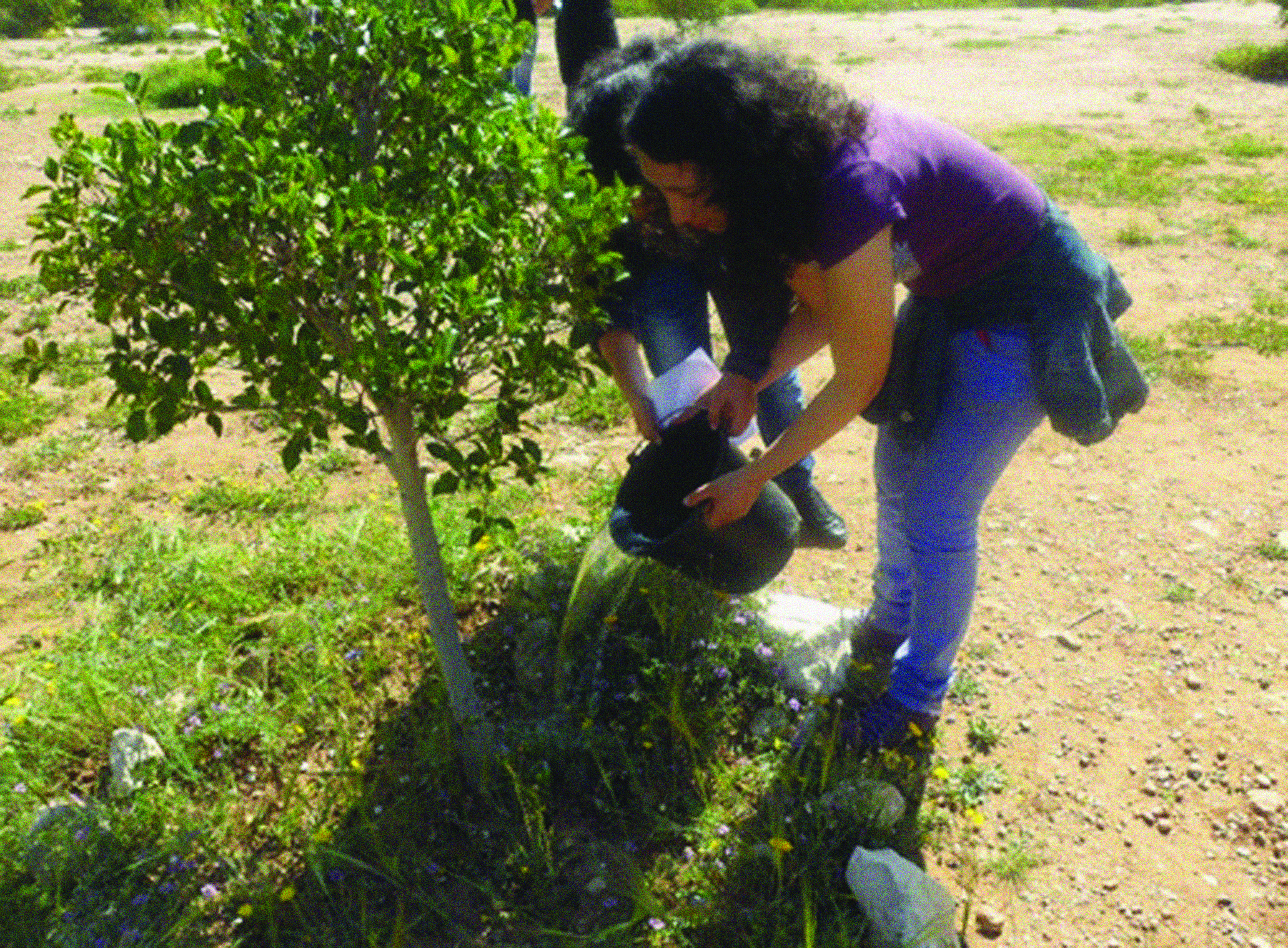 Project Idea: Students play the role of community activists to solve environmental problems in their areas.
Project Idea: Students play the role of community activists to solve environmental problems in their areas.
- Solve the water pollution problem
- Preserve the argan tree from extinction
- Reduce the pollution level on the beach
- Look after trees in their areas
Driving Question: How can we make a positive impact on our environment?
Content Skills and Standards: Civics – positive attitude toward environment; Literacy – writing persuasive essays; IT – making videos, computer skills.
Collaborative Final Product: Videos, posters, PowerPoint presentations.
Local & Global Audience: Parents, teachers, environmental activists, other schools from the same area.
iEARN Project: Future Citizen Project
Let’s Fight for Peace
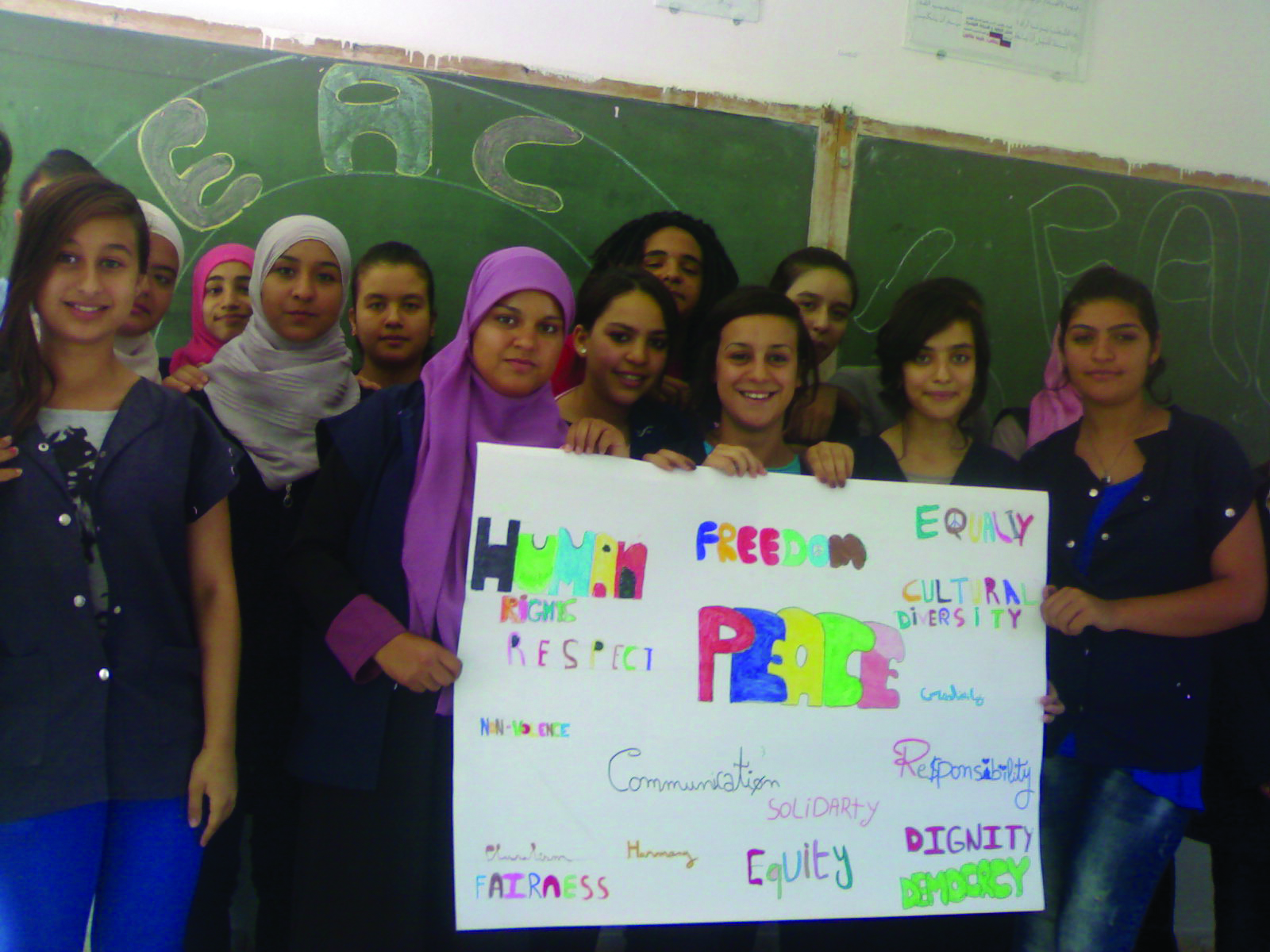 Project Idea: Students define what it means to have a peaceful society and identify their role as an engaged and responsible citizen to promote peace within a community.
Project Idea: Students define what it means to have a peaceful society and identify their role as an engaged and responsible citizen to promote peace within a community.
Driving Question: How do we envision a peaceful society and what steps can we take to promote peace?
Content Skills and Standards: Local governance and public policy, argumentative writing.
Collaborative Final Product: A vision statement of a peaceful society and action plans to promote peace.
Local & Global Audience: Community leaders and members, younger students.
iEARN Project: Our Footprints, Our Future
Is One Earth Enough?
 Project Idea: Students will determine their eco-footprint and research ways to reduce their eco-footprint.
Project Idea: Students will determine their eco-footprint and research ways to reduce their eco-footprint.
Driving Question: How can we use only our share of one earth?
Content Skills and Standards: Ecosystems, climate change, research projects.
Collaborative Final Product: Green City design.
Local & Global Audience: City officials, school administrators, media, parents.
>> Top
NEXT STEPS
In this module, we reviewed some starting points and first steps to beginning a global project. By following the collaboration tips in each step, your project plan will grow from an individual class plan to a joint project plan including multiple classes around the world.
Once you have identified your project idea, driving question, and final collaborative product, you will need to plan the daily teaching and learning activities to lead to your end goal. While you should communicate and work with teachers around the world to develop the main components of your joint project, as outlined in this module, some of the daily classroom instruction and activities can be planned on an individual basis. In order to further plan your day-to-day activities, check out the additional resources for tools to support your lesson planning.
The next few modules will help you prepare your students for collaborating with global peers, plan out how to engage students with local and global communities, and work towards presenting and exhibiting final products.
>> Top
